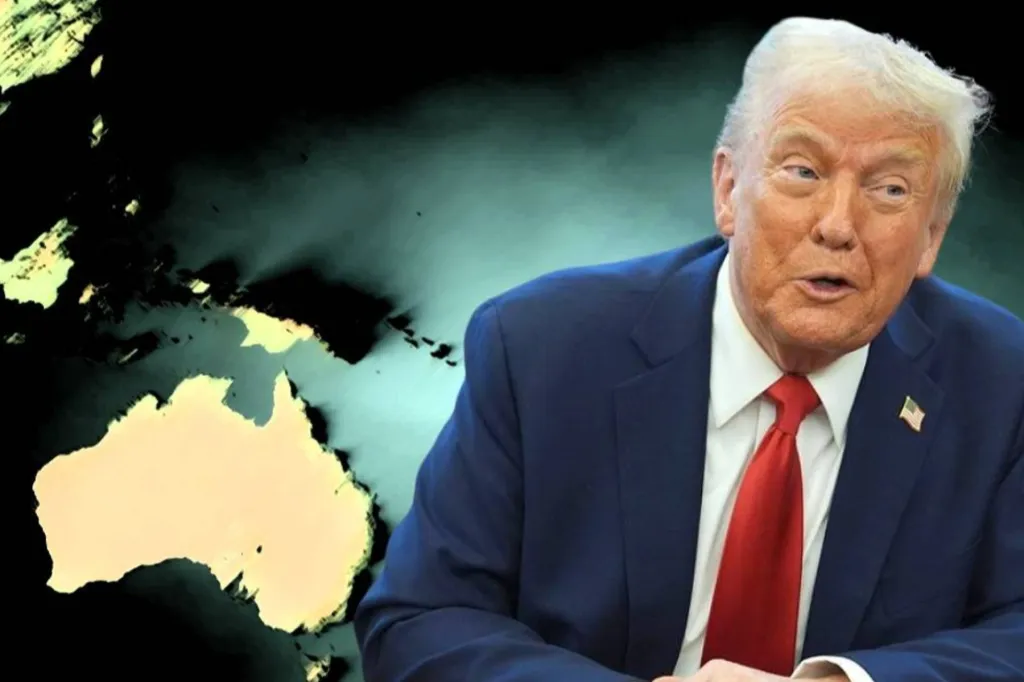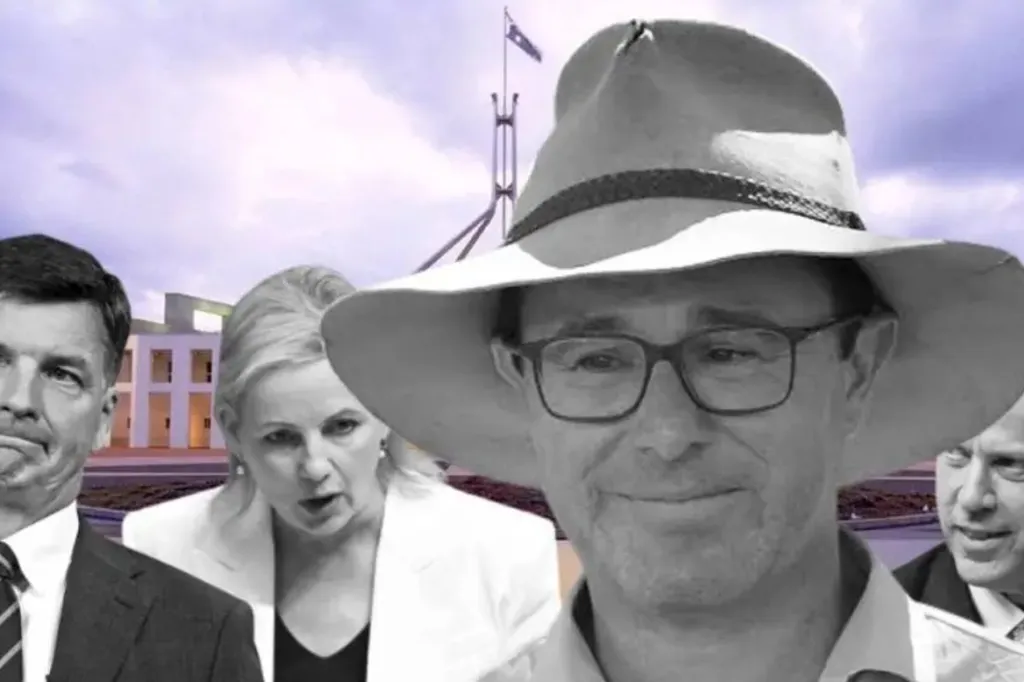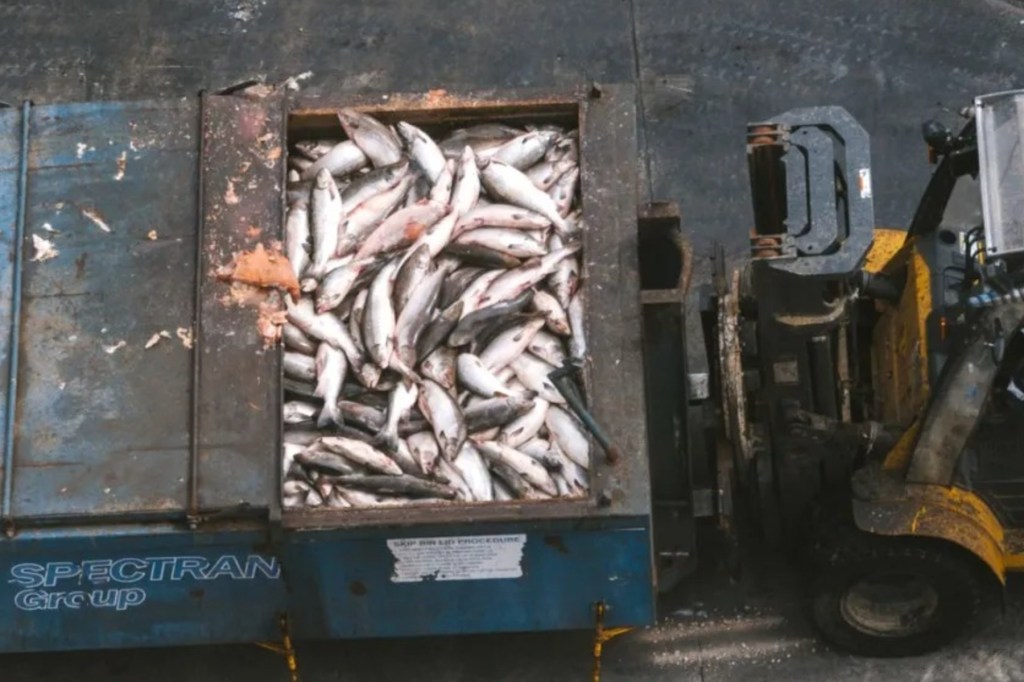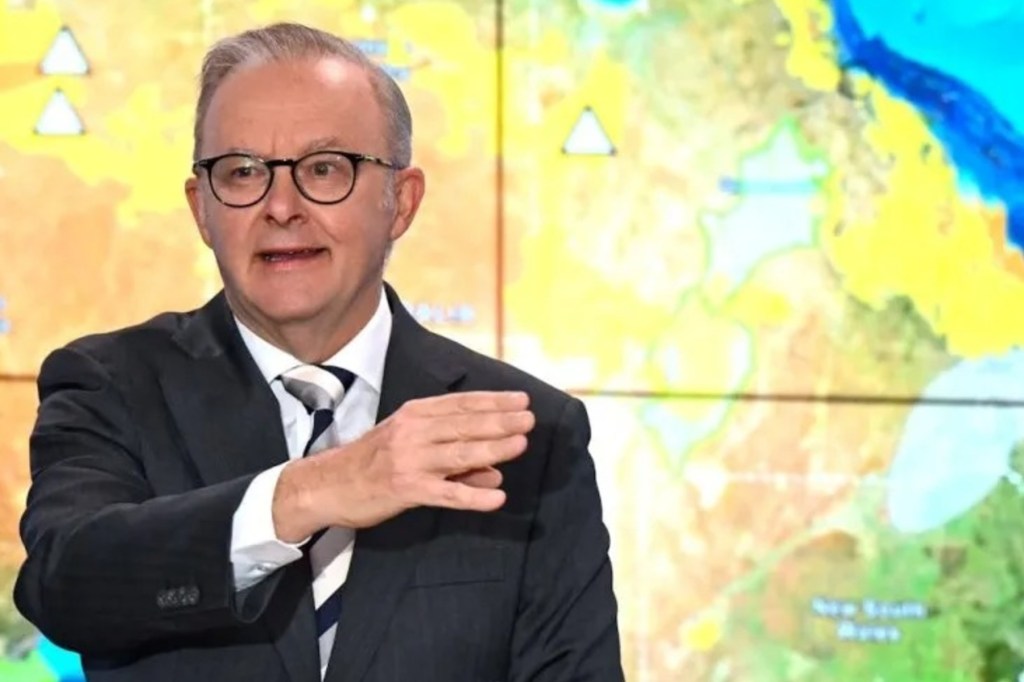The silent crisis killing Australia’s public education
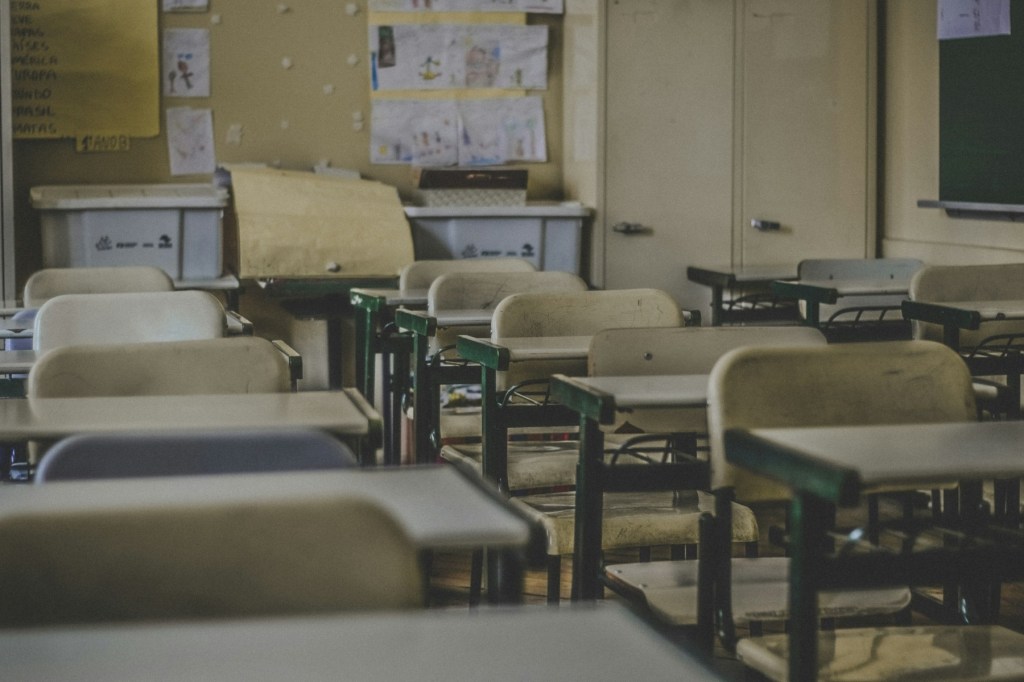
The exodus from Australia’s public schools is not a quiet migration – it’s an outright stampede.
This dramatic shift, particularly in secondary education, reveals a deep crisis that policymakers, academics, and unions acknowledge superficially but lack the courage to confront head-on.
At the heart of this issue lies the unspoken truth – public schools are increasingly burdened with students facing complex challenges.
While debates often centre on resource disparities between public and private systems, a critical issue that this explanation skirts is the harsher reality.
The true reasons driving families away from public schools are far more demanding and damning than most are willing to admit.
Education lecturer Sally Larsen’s recent essay explored why Australian families increasingly opt for private education.
Her observations, while insightful, skirt the brutal truth. The real drivers of this flight are systemic neglect and the rise of well-funded independent schools, which attract middle-income families with promises of better academic outcomes and stricter discipline.
These promises, while alluring, often rest on shaky foundations, perpetuating myths rather than evidence.
Private schools capitalise on this narrative, systematically excluding students who could challenge their polished image.
Children with disabilities or those exhibiting behavioural challenges are quietly shown the door, with their families told the schools lack “adequate facilities.”
You might like
The public system, stretched and stigmatised, picks up the pieces.
Public school teachers refer to these children as “the pope’s weeds”, a cruel acknowledgment of how these students are cast out.
But the problem goes deeper than exclusion. Violence in public schools has reached epidemic proportions, and the data is alarming.
In 2023, New South Wales recorded 1517 assaults in schools, a staggering increase from 843 the previous year.
Weapons-related incidents nearly tripled and police were called to schools an average of 53 times daily.
School principals, often on the frontlines, report unprecedented levels of violence and threats.
Yet, the response from authorities has been little more than bureaucratic hand-waving. A ban on mobile phones, a review of principal workloads, and token funding pledges do nothing to address the real issue: a toxic environment in which violence and chaos flourish.
Teachers and students alike are fleeing, leaving behind a hollowed-out system.
In NSW alone, more than 3000 permanent teaching positions remain unfilled leaving tens of thousands of lessons without adequate supervision daily.
A critical and overlooked aspect of this crisis is the plight of students who misbehave. Most of these children are not inherently disruptive but are products of environments that failed them.
The damage caused by early childhood abuse is a significant contributor.
The Bureau of Statistics reveals that one in seven Australians suffered such abuse, often resulting in trauma that manifests as dysfunctional behaviours in school.
These students are not villains; they are victims. Yet, instead of receiving the support and understanding they need, they are shunned, compounding their sense of isolation and failure.
Schools that serve low-income areas disproportionately house these students, shouldering the burden without the resources to address their complex needs.
Stay informed, daily
These schools, and the students they serve, are effectively abandoned by a system that prioritises appearances over equity.
Ministers, afraid of being seen as soft on discipline, often favour punitive measures over compassionate solutions. But punishment only exacerbates the problem. What is needed is a commitment to understanding and addressing the root causes of disruptive behaviour.
I am not suggesting that public schools should emulate the private sector by excluding these children. On the contrary, there are well-documented interventions that can address severe misbehaviour, mitigating its impact not only on the affected students but also on their teachers and peers.
These interventions are readily available, yet consistently overlooked by bureaucrats and politicians, largely due to the significant resources they demand.
Compounding the issue is a covert, systemic attitude that perceives public school students as undeserving of such investment – a troubling and unfounded belief that perpetuates inequity in education.
Public schools must become sanctuaries for all children, including those who misbehave. This means investing in specialised staff, such as psychologists and behavioural therapists, and adopting restorative practices that address the underlying trauma.
It also means confronting the stigma surrounding these students and recognising their potential for growth and contribution when given the right support.
The political response to this pressing issue remains shockingly inadequate. While the federal education minister’s recent promise to fully fund public schools by 2026 may appear like progress, it rings hollow – more political theatre than genuine reform.
Yes, public schools are underfunded, but the deeper crisis lies in the overwhelming responsibility they bear.
Public schools educate the majority of students with disabilities and shoulder the exclusive burden of supporting students whose severe behavioural challenges stem from deep vulnerabilities.
Meanwhile, the unspoken issue driving the rapid growth of private schools is conveniently ignored, with policymakers turning a blind eye to this uncomfortable truth.
Education is not merely a policy issue – it is a moral imperative. It is the cornerstone of a healthy democracy, nurturing informed citizens who can critically engage with the world.
A strong public education system ensures equitable access to learning for all, including disadvantaged and special needs students. It equips citizens with critical thinking skills, enabling them to discern facts from misinformation, and fosters social cohesion by uniting diverse communities.
Without proper investment, we risk following the path of the United States, where underfunded schools have weakened trust in institutions and fuelled political extremism.
The challenges are undeniable: funding disparities, systemic neglect, and the persistent stigma surrounding public schools. Yet, these obstacles are far from insurmountable. Overcoming them demands bold leadership, steadfast dedication, and substantial investment.
Unfortunately, the federal education minister’s promise to fully fund public schools by 2026 lacks the conviction and urgency needed to drive real change.
Public schools must be reimagined as sanctuaries for all children, providing the resources and support necessary to nurture every student’s potential.
John Frew is a former teacher and principal in the public system and founder of Frew Consultants Group which provides a range of supportive resources for teachers who manage children with severe behaviour problems.
This article first appeared in Pearls and Irritations. Read the original here.
